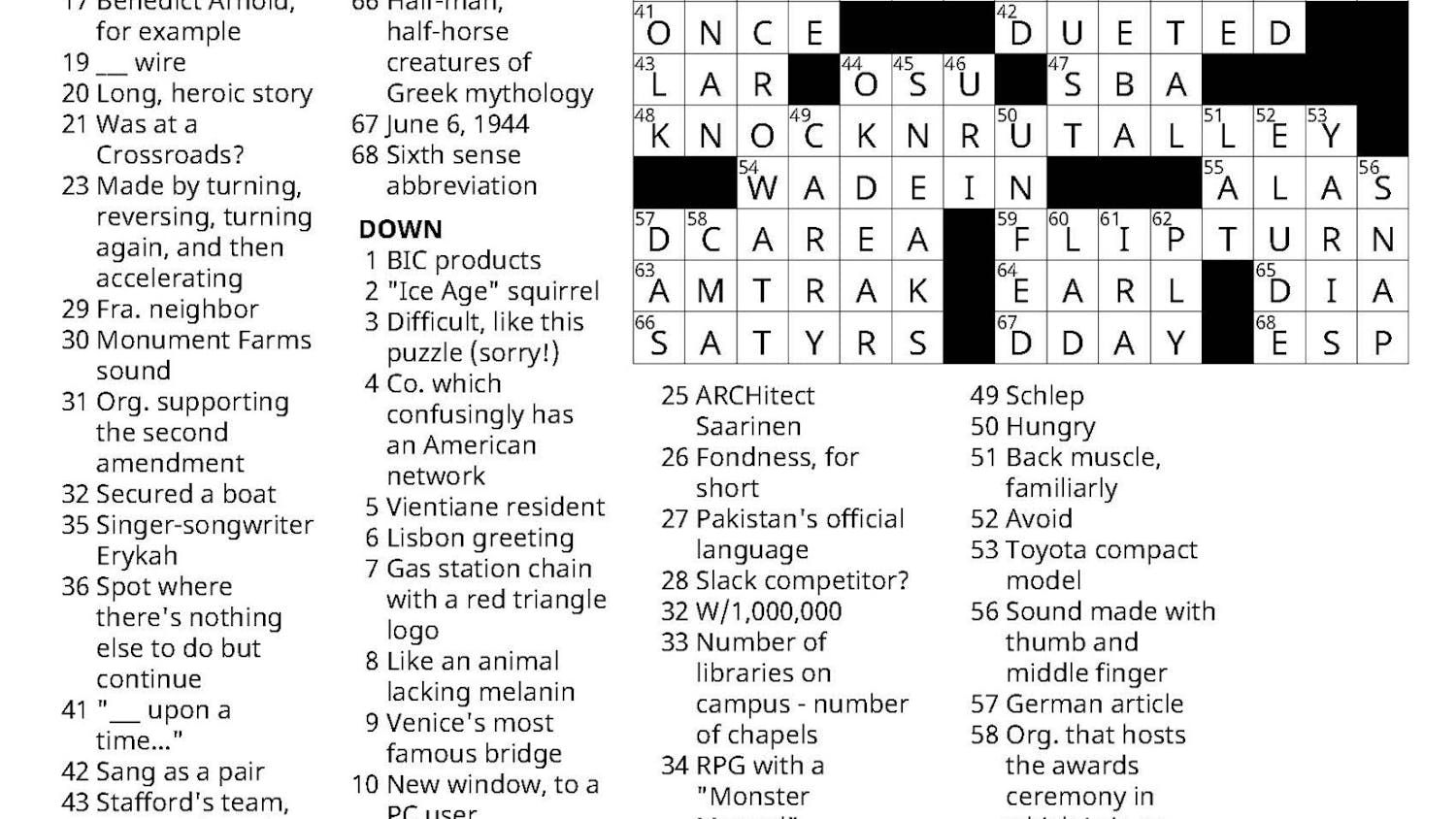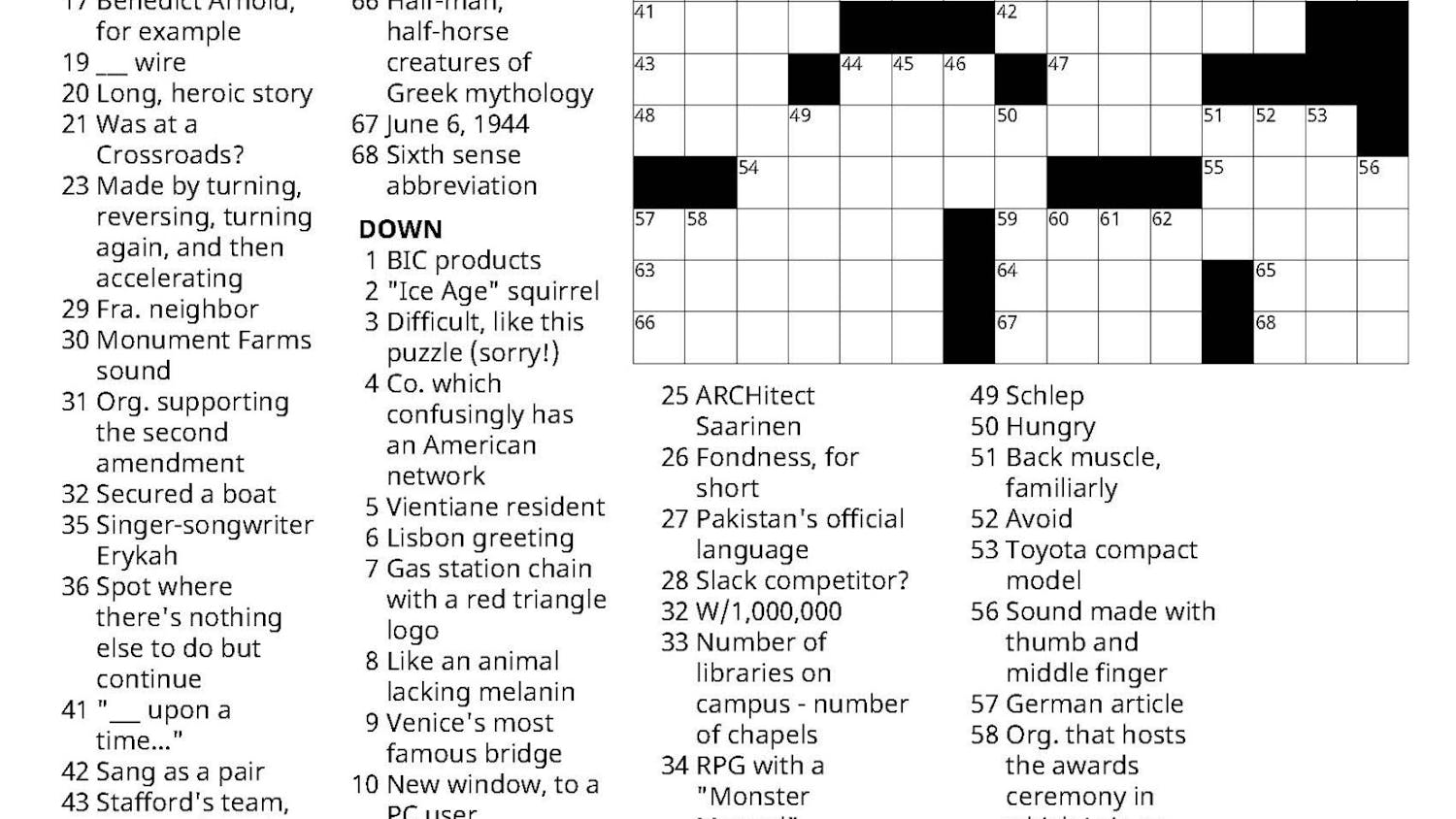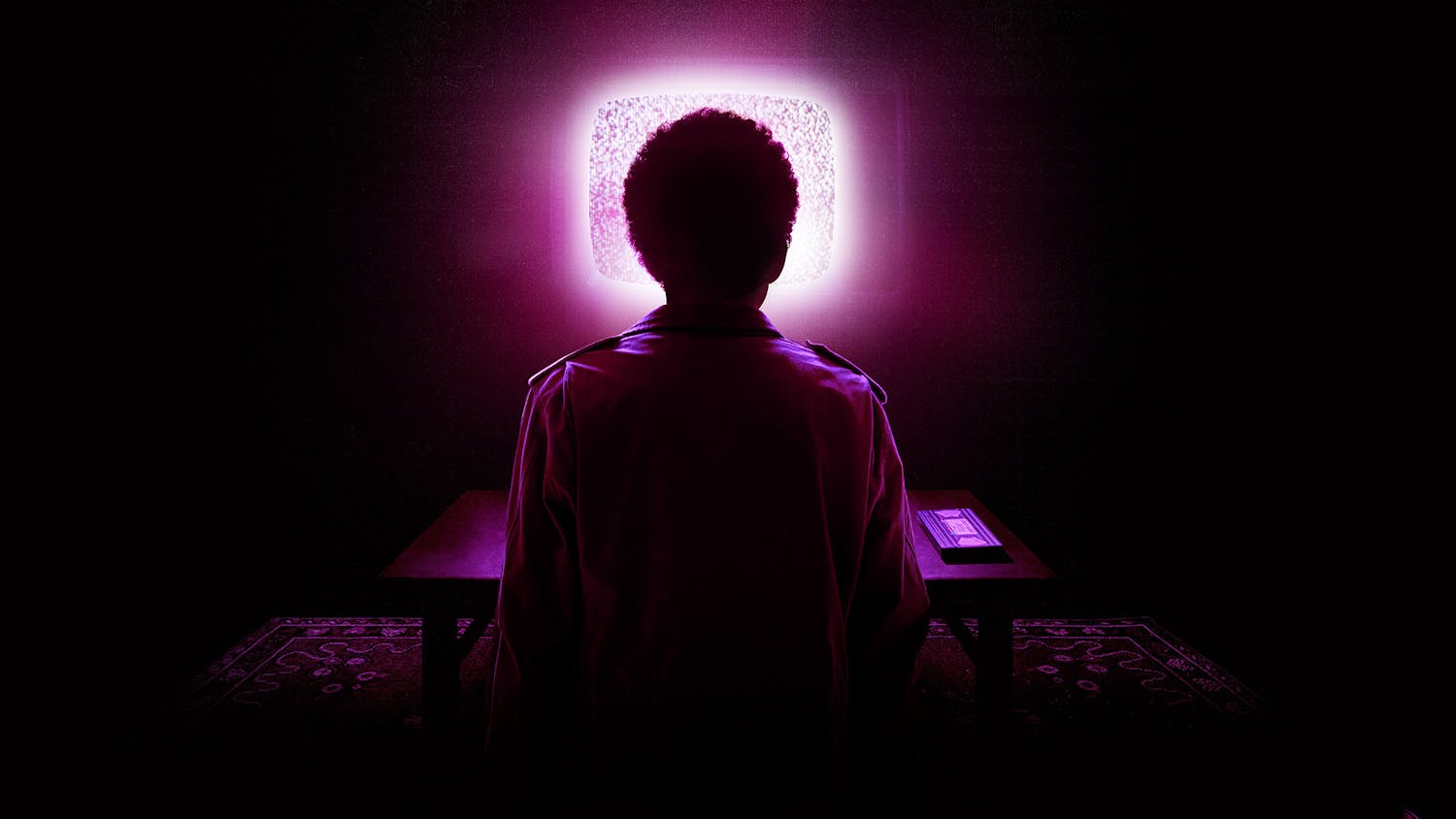The news that director Edgar Wright would be heading up an adaptation of Bryan Lee O’Malley’s “Scott Pilgrim” graphic novel series was cause for celebration, for fans of both the comic and of Wright’s work. The two films Wright is best known for, Shaun of the Dead and Hot Fuzz, are gut-busting parodies of two classic American genres — the zombie flick and the buddy-cop movie — that subverted those genres’ well-known tropes with fast-paced British wit. So who better than a clear pop-culture geek like Wright to adapt the snarky “Scott Pilgrim,” a work absolutely mired in Gen X and Y cultural references? Add to this the casting of awkward-indie-kid strawman Michael Cera in the titular role, and you had the makings for a movie seemingly tailor-made for obsessive, Comic-Con-like fandom. Think Christopher Nolan taking over the Batman franchise, or J.J. Abrams promising us a Star Trek movie that would satisfy the fanboys and the general population. In other words, the film’s success (critical and financial) seemed like a sure thing.
Things didn’t quite turn out that way. Wright’s Scott Pilgrim vs. the World premiered in mid-August, and after a financially disastrous couple of weekends, was roundly declared to be something of a box office bomb; the film’s worldwide revenue sits around $35 million, or about half of its budget. Why were people simply not interested in seeing this movie? The movie was polarizing among critics, but previous summer box office successes like M. Night Shamylan’s Avatar: The Last Airbender showed that in 2010, critical word of mouth has little to do with a multiplex film’s financial success. Was its target audience too specific or perhaps not specific enough? Or was there something wrong with the film itself that prevented it from becoming the sort of viral, “Inception”-like hit it seemed to have the potential to be? Well, maybe.
In the story, Scott Pilgrim, a twenty-three-year-old bass player (for “Sex Bob-omb”) and slacker extraordinaire living in Toronto, meets the girl of his dreams, Ramona Flowers, and is soon made aware that to win her, he must battle her “Seven Evil Exes,” who have banded together to control the future of her love life. Thus, quick vignettes of Pilgrim’s stagnant existence are punctuated by bursts of highly stylized action sequences influenced by Mortal Kombat and other classic arcade and Nintendo games. The importance of video games in the film’s aesthetic cannot be exaggerated, and if this is one of the story’s key cultural touchstones, then indie rock is certainly the other. Sex Bob-omb’s progression through a Battle of the Bands competition is one of the primary subplots, and producer Nigel Godrich (Radiohead’s “sixth member”) oversaw the soundtrack, which includes original work from Beck, Broken Social Scene, and Metric.
Visually and stylistically, the pop-culture-pileup technique that Wright utilizes is fun, constantly stimulating and unique. His editing, pacing and use of CGI take countless cues from comic books, making Scott Pilgrim vs. the World probably the most successful attempt to “bring a comic book to life” (and far more effective than Zach Snyder’s Watchmen). The fight scenes are suitably over-the-top, and the source material’s slacker comedy carries over well, especially in the hands of the supporting cast (such as Scott’s “cool gay roommate”, Wallace, played by Kieran “the Other Culkin” Culkin, and Jason Schwartzman’s evil mastermind Gideon Graves). Cramming the battles with all seven exes into a 105-minute movie means that the action occurs quickly and frequently, and one leaves the theater feeling bombarded and pumped full of adrenaline — in a good way.
Still, after the rush wears off, it feels like something at the film’s center doesn’t quite hold. This something is the lacking-in-chemistry Pilgrim/Flowers romance, which is supposed to drive the entire plot. When we can’t relate to Scott’s reason for snapping out of his slackerdom to bash the hell out of Ramona’s romantic history, it feels a bit like the stakes are too low, or not present at all.The problem with their relationship is that both characters are dull, non-magnetic, and uncompelling. Scott does nothing but whine when he isn’t busy transforming into the ultimate badass, and we are given no reason to see what’s so special about Ramona except for her mild good looks and her “quirky” hair-dye habits. With more charisma at the center of this movie, I suspect Scott Pilgrim would’ve caught on much more effectively with audiences (think Jim and Pam of The Office, the offbeat romance that has had TV audiences captivated for years).
Or perhaps a simple nation-wide “Cera fatigue” is responsible for this movie’s fate. Cera first made his name in excellent products like the Arrested Development TV series, Superbad and Juno. But since Juno, Cera has been cast in films that seem to try to replicate that movie’s central romance (with the slightest of variations) ad nauseum: see Nick & Nora’s Infinite Playlist, Paper Heart and Youth In Revolt. And a universally-derided blockbuster like Year One can’t help the poor guy’s reputation. Cera keeps up with the gags and witticisms of Scott Pilgrim with his typically impeccable comic sensibility, but it’s unclear whether the weakness of his character results from his performance, the script, or even the comic book itself. In the graphic novel, Pilgrim is equally lazy and whiny, but somehow you root more for him to get the girl.
In the end, Scott Pilgrim vs. the World might’ve hewed too closely to the video games that it worships. Remember how little you cared about the cinematic cut scenes in the video games you grew up playing, even the middling-to-good ones? Looking at some of this decade’s most revered video games, like Portal and Bioshock, it seems that a compelling story in addition to excellent gameplay is what separates the good games from the great ones. What Scott Pilgrim vs. the World needs is a romance that doesn’t just make you want to skip through the “cut scenes” to the next thrilling fight. After all, the video game based off of this movie has scored better with critics than the movie itself, and when else has that ever happened? Still, the pure joy of the inventiveness of Scott Pilgrim and its comedic banter make it breezy, enjoyable fare, and worth the money it would’ve cost to see it at your local theater. It’s a shame things turned out the way they did for this movie, and let’s hope that the next projects for both Michael Cera and Edgar Wright won’t be such financial bob-ombs.
The Reel Critic - 09/09/10
Comments



